14 Secret Destinations That Tourists Haven’t Ruined Yet
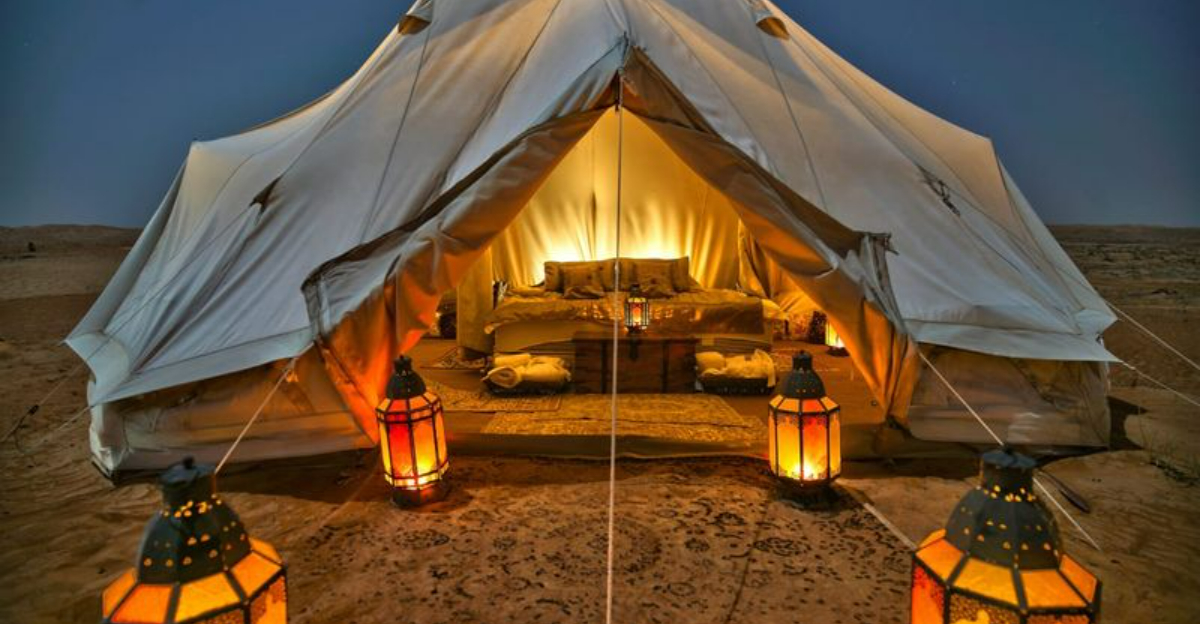
Ever dreamed of escaping crowded tourist traps and finding a slice of paradise all to yourself? While Instagram influencers and travel blogs have exposed many once-secret locations, there are still magical places around the world that remain blissfully under the radar.
I’ve spent years searching for these hidden gems where you can experience authentic culture, unspoiled nature, and peaceful solitude without fighting through selfie sticks and souvenir shops.
1. Faroe Islands’ Mystical Mykines
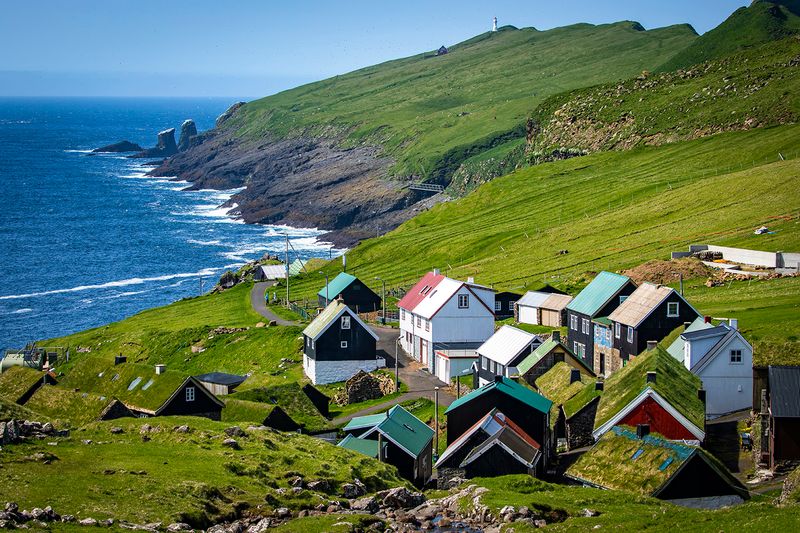
Imagine standing on the edge of a grassy cliff with nothing but wild Atlantic waves crashing below and thousands of puffins soaring overhead. That’s daily life on Mykines, the westernmost of the Faroe Islands.
Most travelers to this Danish territory stick to the main islands, leaving this remote paradise refreshingly quiet.
The lone village has just 14 residents and no hotels, creating a truly authentic experience. A challenging hike leads to the island’s lighthouse, rewarding you with views that feel like the edge of the world.
2. Kyrgyzstan’s Song Kul Lake

High in the Tian Shan mountains sits a pristine alpine lake where nomadic families still herd horses across rolling meadows. Song Kul remains one of Central Asia’s most unspoiled treasures, largely because of its remote location.
Staying in a traditional yurt with a local family offers a glimpse into a centuries-old way of life. The night sky here explodes with stars, unpolluted by city lights for hundreds of miles around. Summer months bring wildflowers carpeting the surrounding hills, while horses and yaks graze peacefully nearby.
3. Madagascar’s Avenue of the Baobabs
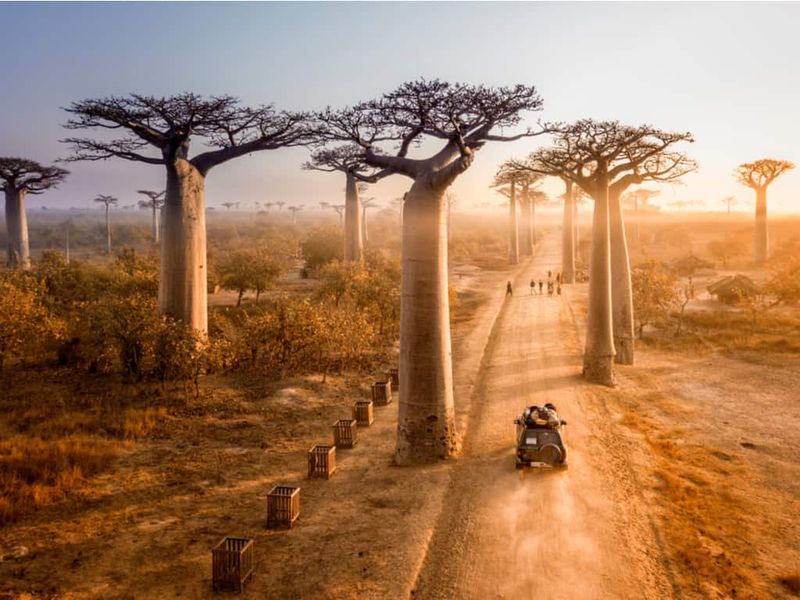
Did you know there’s a road flanked by 800-year-old trees that look like they belong on another planet? While Madagascar’s lemurs get all the attention, this dirt path lined with ancient baobabs offers a truly otherworldly experience.
Visit at sunrise or sunset when the massive trunks glow golden against the pink sky. Unlike similar natural wonders, you’ll rarely find more than a handful of visitors here, even during peak season. Local villagers still harvest fruits from these giants and can share fascinating stories about their cultural significance.
4. The Secret Beaches of Oaxaca
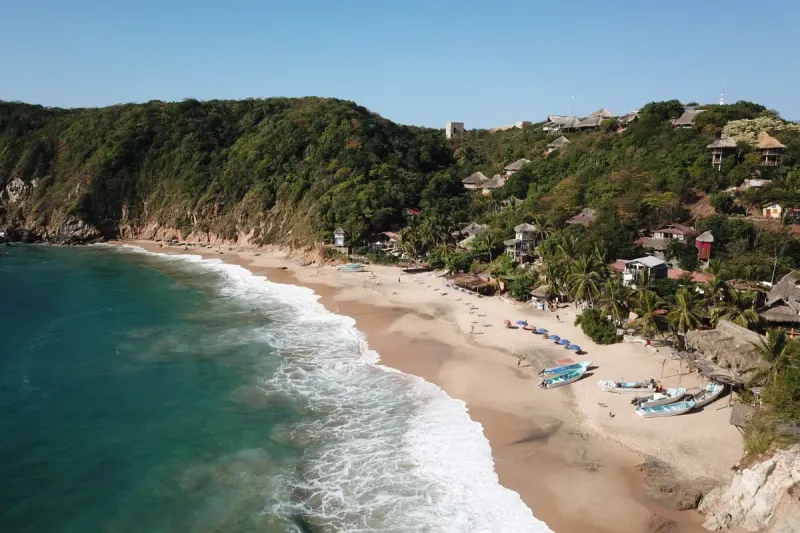
Mexico’s Pacific coast holds hidden coves that make Cancún look like Times Square. The Oaxacan coastline between Puerto Escondido and Huatulco harbors dozens of pristine beaches accessible only by boat or rough dirt roads.
Mazunte and Zipolite get small crowds, but venture further to places like Playa La Boquilla or San Agustinillo for truly secluded paradise. Freshly caught seafood arrives on your plate minutes after being pulled from the ocean. Hammocks sway between palms, and sea turtles nest on beaches where footprints disappear with each tide.
5. Albania’s Forgotten Riviera
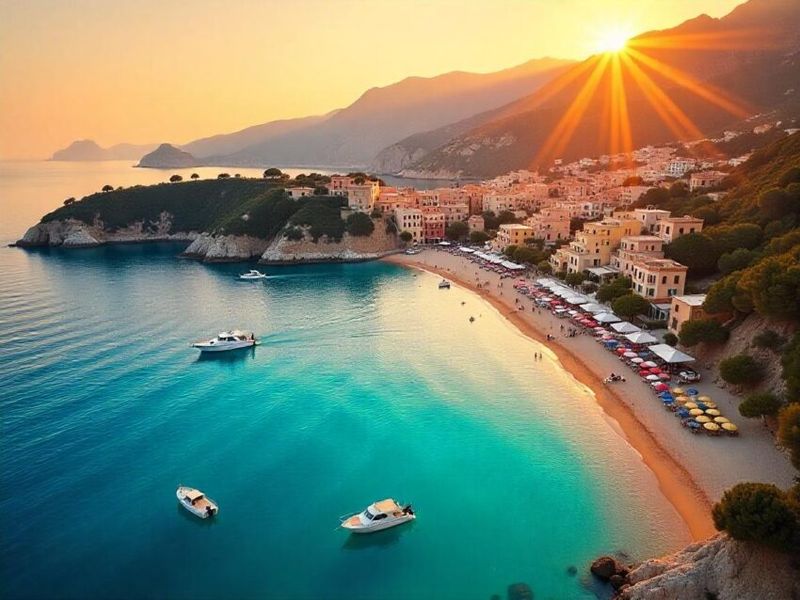
Just a stone’s throw from tourist-packed Greece and Italy lies a Mediterranean coastline so pristine you’ll wonder how it remained hidden. Albania’s southern beaches offer crystal waters rivaling any in Europe but at a fraction of the crowds and cost.
Villages like Dhërmi and Ksamil feature white pebble beaches beneath limestone mountains. The ancient ruins of Butrint sit nearby, often completely empty of visitors despite their UNESCO status. Fresh seafood tavernas dot the coast where locals welcome visitors with raki and stories of the country’s isolated communist past.
6. Oman’s Wahiba Sands
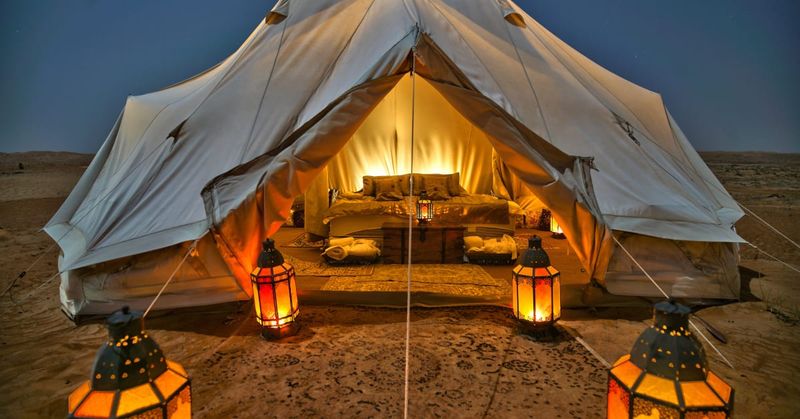
While Dubai attracts millions with its manufactured glamour, neighboring Oman offers authentic desert experiences without the crowds. The Wahiba Sands stretch in golden ripples as far as the eye can see, home to Bedouin tribes who welcome visitors into their traditional way of life.
Nights here bring silence so complete you can hear sand shifting in the breeze. Stars blanket the sky in numbers city dwellers can hardly imagine. Morning reveals tracks of desert foxes and rare Arabian oryx that venture near camps during the cool night hours.
7. Bhutan’s Phobjikha Valley
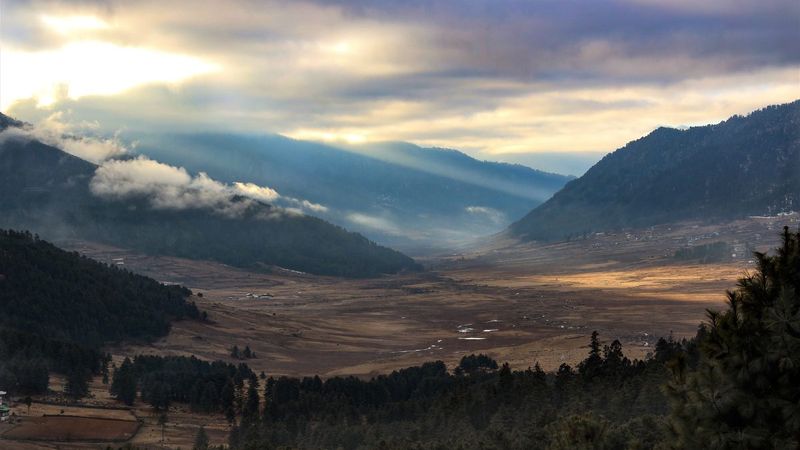
Tucked away in the Himalayas, this glacial valley transforms each winter when black-necked cranes arrive from Tibet. Bhutan’s strict tourism policies ($250 daily fee) keep visitor numbers low, preserving this magical place where monasteries cling to hillsides above potato fields and bamboo groves.
The valley’s commitment to conservation means there are no power lines to disturb crane habitat. Candles and wood stoves warm homes during winter evenings. Local families welcome guests into farmhouses where you’ll share butter tea and witness traditional daily life unchanged for centuries.
8. Uruguay’s Cabo Polonio
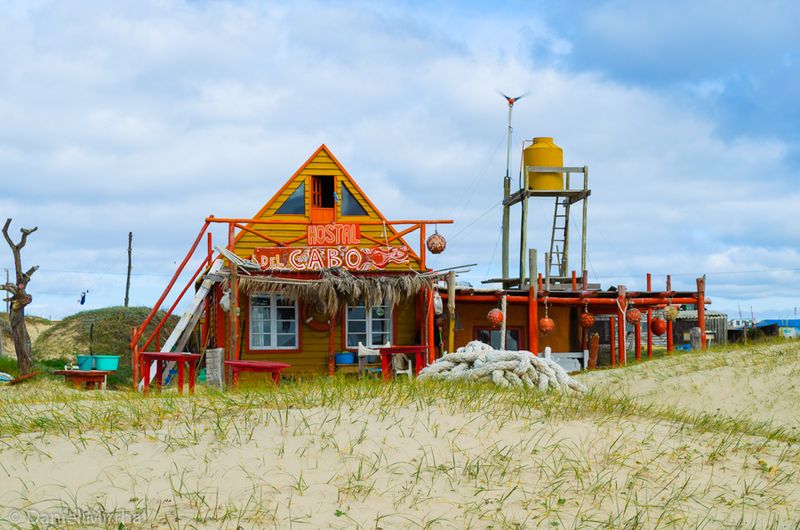
Cut off from modern infrastructure, this hippie beach community sits atop windswept dunes where sea lions outnumber people. With no roads, electricity, or running water, Cabo Polonio remains delightfully disconnected from the outside world.
Reaching this coastal hamlet requires a 4×4 truck ride across massive sand dunes or a long beach hike. Solar panels power the few lights after sunset, while candles illuminate the rustic restaurants serving fresh-caught fish.
Days pass watching whales breach offshore or exploring tide pools teeming with marine life beneath South America’s second-largest sea lion colony.
9. Taiwan’s Matsu Islands
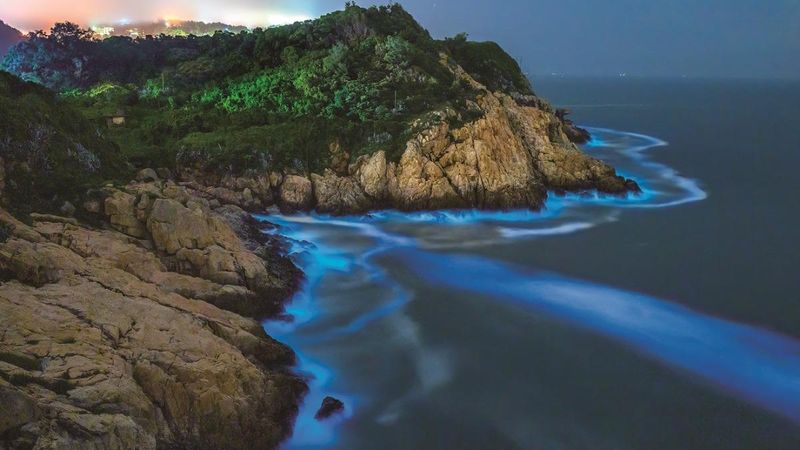
Just off China’s coast lies a time capsule of traditional stone villages and military history that few foreigners ever discover. The Matsu archipelago served as Taiwan’s frontline defense for decades, leaving behind a fascinating network of tunnels carved into granite cliffs.
Blue tears (bioluminescent algae) illuminate shorelines during summer nights, creating an ethereal glow that seems otherworldly. Granite houses with distinctive swallowtail roofs line narrow lanes where elderly villagers share stories of the islands’ complex past.
Fresh seafood arrives daily at harbor-front restaurants where mainland China’s coastline is visible on clear days.
10. Georgia’s Svaneti Region
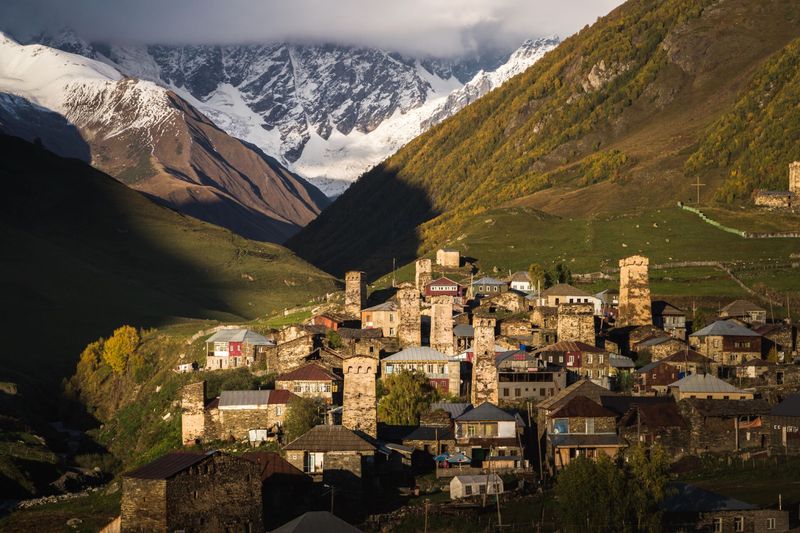
If medieval stone towers rising against snowcapped Caucasus peaks sounds appealing, Georgia’s remote Svaneti region awaits. This mountainous corner preserves Europe’s most untouched medieval landscape, where defensive towers built a thousand years ago still define village skylines.
Ancient traditions survive in communities cut off by snow for months each winter. Local families serve homemade wine and khachapuri (cheese bread) in centuries-old stone houses.
Hiking trails connect villages with glacial lakes and alpine meadows where shepherds still follow seasonal grazing patterns their ancestors established generations ago.
11. The Philippines’ Batanes Islands

When typhoons threaten the northern Philippines, these remote islands rely on stone houses built to withstand nature’s fury. Batanes feels more like Scotland than Southeast Asia, with rolling green hills meeting dramatic sea cliffs where waves crash against volcanic rock.
Weather unpredictability and limited flights keep tourist numbers minimal despite breathtaking landscapes. Locals follow traditional fishing practices and farming methods, working communally as their ancestors did.
Hedgerows divide emerald fields where cattle graze against a backdrop of perfect conical volcanos and the endless Pacific Ocean.
12. Bolivia’s Torotoro National Park
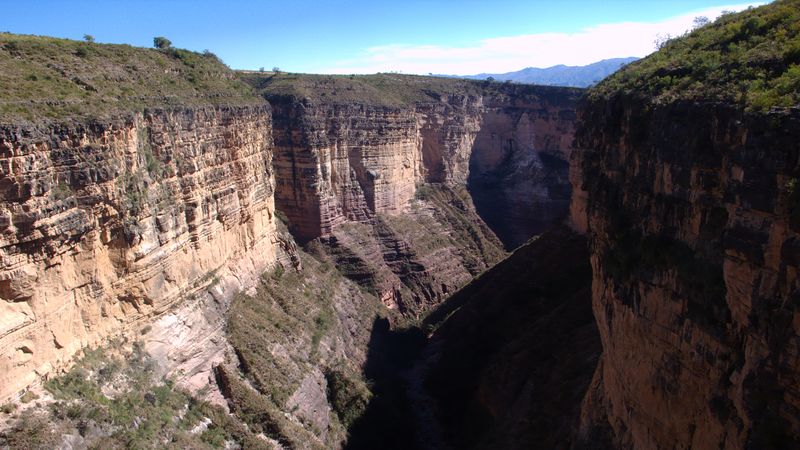
How about walking alongside 65-million-year-old dinosaur footprints without another tourist in sight? While visitors flood Bolivia’s salt flats, this prehistoric wonderland remains virtually unknown to international travelers. Massive canyons cut through ancient seabeds where fossils litter the ground.
Local guides from indigenous communities share knowledge passed through generations about the park’s caves, waterfalls, and dinosaur tracks.
The small town of Torotoro offers simple homestays where families welcome visitors with traditional meals cooked over wood fires after days exploring this geological time machine.
13. Slovenia’s Soča Valley
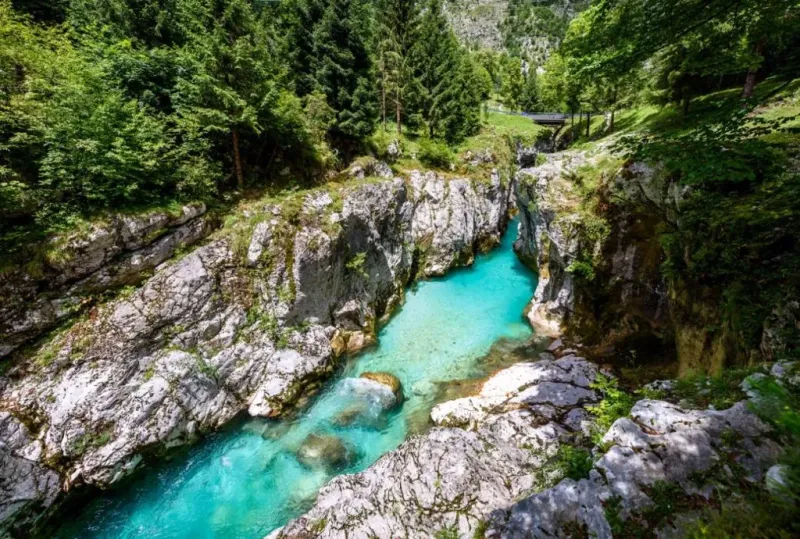
Between the Alps and the Adriatic hides a river valley so impossibly turquoise it seems Photoshopped. Slovenia’s Soča Valley combines Mediterranean and Alpine influences in a landscape of emerald waters cutting through limestone gorges.
Adventure seekers find world-class kayaking, hiking, and fly fishing without the crowds of neighboring Italy or Austria. The region’s complex history left behind WWI fortifications and bunkers now reclaimed by nature.
Family-run farm stays serve local specialties like štruklji (rolled dumplings) using ingredients grown in gardens steps from your table.
14. Mozambique’s Quirimbas Archipelago
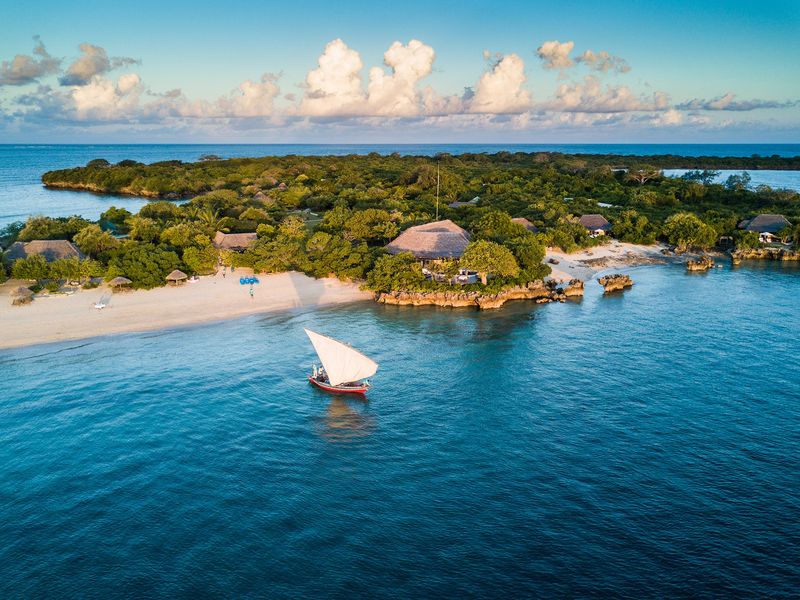
Far from the safari crowds of East Africa lie 32 coral islands where time seems to stand still. Mozambique’s northern archipelago combines pristine reefs with centuries of Arabic, Portuguese, and African cultural influences. On Ibo Island, silversmiths craft jewelry using techniques unchanged since the 18th century.
Dhow sailboats still serve as the primary transportation between islands where fishing villages operate much as they have for generations. Marine life thrives in protected waters where dugongs and sea turtles glide through seagrass meadows undisturbed by mass tourism.
